Showing 13–21 of 21 results
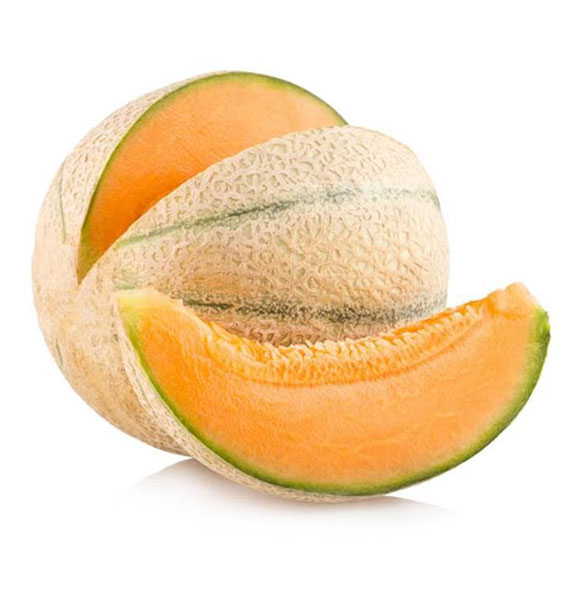
Melons
This herbaceous annual crop requires plenty of water and heat; it grows best in deep, well-drained soil with a high water retention capacity. It tolerates slightly calcareous soil but is not suitable for acidic soil. The spherical or elongated fruit has relatively marked reticulated skin, and is yellow with green grooves in slices. The salmon-coloured flesh is very compact, tender and has a good sugar content.
The production of melons in the Naturitalia system comes from suitable areas in northern, central and southern Italy.
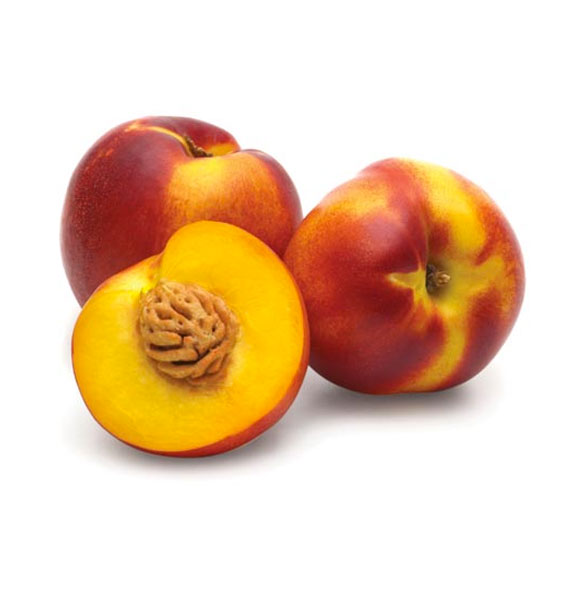
Nectarines
This fruit originally from Asia grows in countries with a temperate climate; the plant can withstand the winter cold well, although it is very sensitive to late spring frosts which, given how early it blooms, can cause extensive damage to the produce. The plant prefers cool, deep, medium-textured, open soil with low traces of limestone, where there is good irrigation and stagnant water does not form. The fruit is deep red over most of its surface with a yellow undertone; the flesh is yellow and sometimes has reddish veins. The flesh is compact with a good sugar content well-balanced with the level of acidity.
The production of nectarines in the Naturitalia system comes from suitable areas in northern and southern Italy and is supported by early produce from Spain.
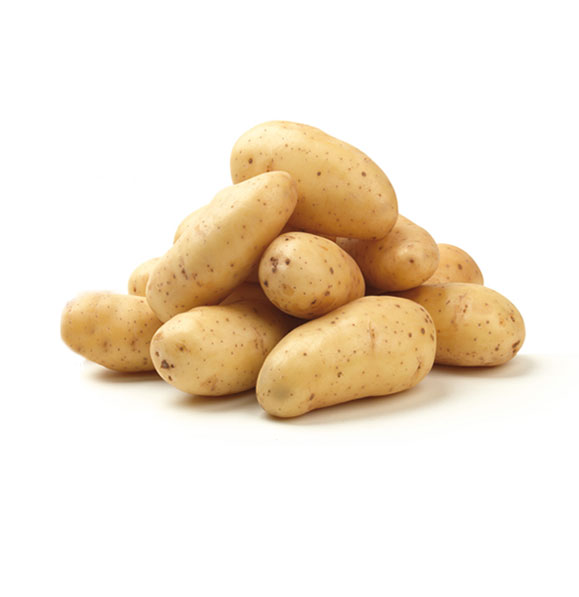
Potatoes
This herbaceous plant comes from the Solanaceae family; the overground part of the plant looks like a tuft with one or more stems of varying height that are enlarged at the nodes and green in colour, sometimes with shades of purple. The tubers are different depending on the cultivar and vary in their oval and elongated oval shape, and size. The colour of the peel can be yellow or reddish in the yellow varieties, while the white varieties have yellow peel.
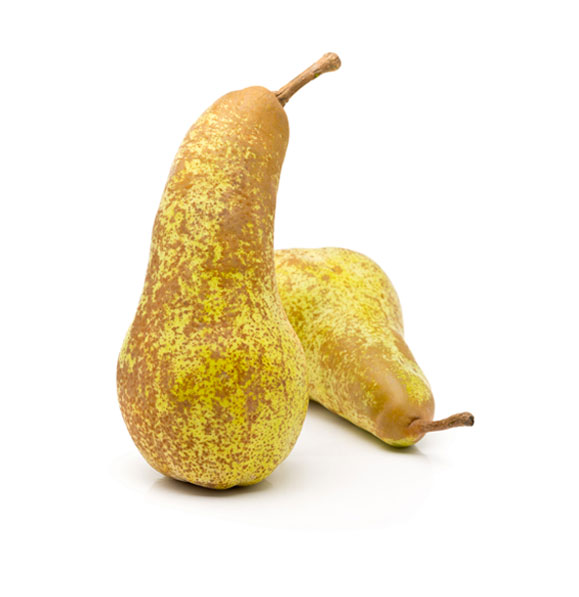
Pears
This fruit grows in countries with a temperate climate; it requires cool, deep, permeable, medium-textured and highly fertile soil.
The elongated or flattened piriform fruits have varying peel depending on the variety, ranging from a yellowish-light green colour to a red, russet colour.
The flesh is fine and characterised by an unmistakeable aroma with a sweet, aromatic flavour.
The production of pears of Naturitalia comes from the cooperative Opera, the only organization made up exclusively of Italian Fruit Growers specialized in the cultivation of pears, 7,500 hectares of orchards located in north Italy in the provinces of Modena, Mantua, Verona, Ferrara, Bologna, Forli and Ravenna.
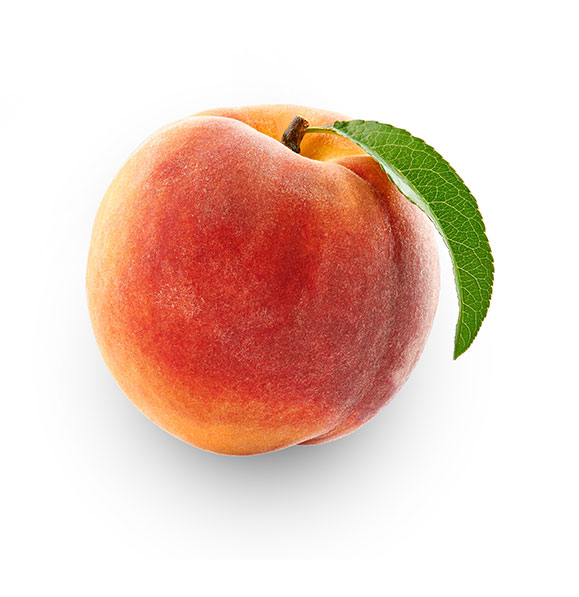
Peaches
This fruit originally from Asia grows in countries with a temperate climate; the plant can withstand the winter cold well, although it is very sensitive to late spring frosts which, given how early it blooms, can cause extensive damage to the produce. The peach tree prefers cool, deep, medium-textured, open soil with low traces of limestone, where there is good irrigation and stagnant water does not form. The fruit is deep red over most of its surface with a yellow undertone; the flesh is yellow and sometimes has reddish veins. The flesh is compact with a good sugar content well-balanced with the level of acidity.
The production of peaches in the Naturitalia system comes from suitable areas in northern and southern Italy and is supported by early produce from Spain.
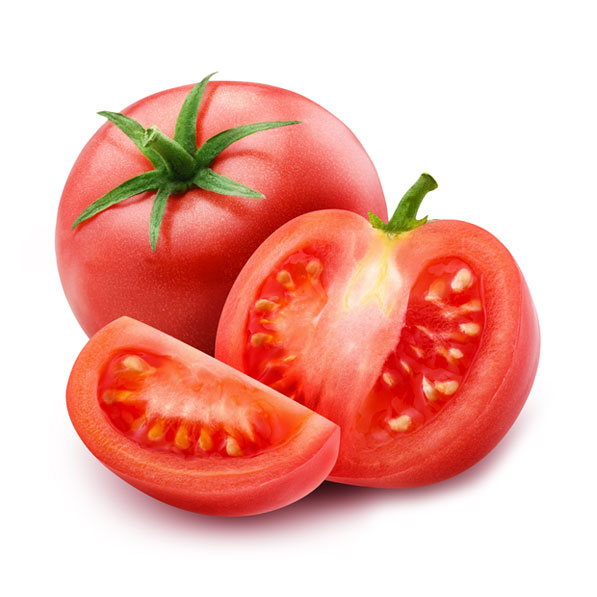
Tomatoes
Selection of Italian tomatoes from Sicily. The tomatoes grown in Sicily, the largest island in Italy, are crunchier, tastier and sweeter than most varieties of tomatoes cultivated in Europe.
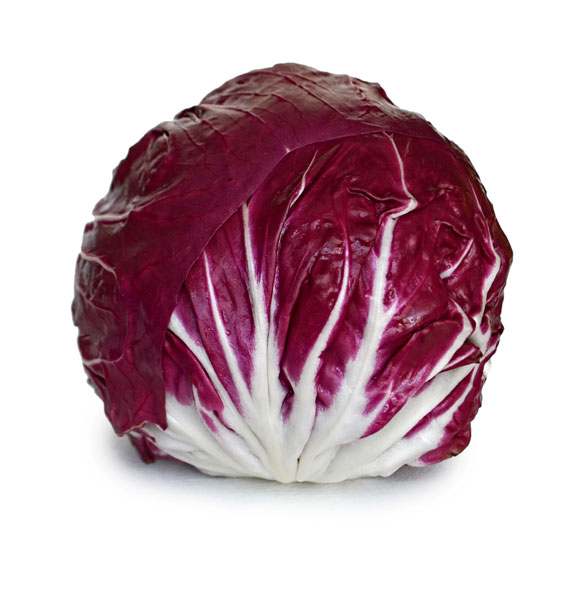
Radicchio
This herbaceous perennial plant is formed of leaves, a tuft, flower stalks and roots. The tufts or head, depending on the variety, can have different coloured leaves and come in various shapes; in fact, while Rosso di Treviso radicchio has a fusiform tuft, Rosso di Chioggia and Rosso di Verona have a spherical tuft. The colour of the leaves ranges from red with whitish main veins to creamy white with purple-red veins. Depending on the cultivar, the leaves have full or slightly fringed edges.
The production of radicchio in the Naturitalia system comes from suitable areas in northern Italy.
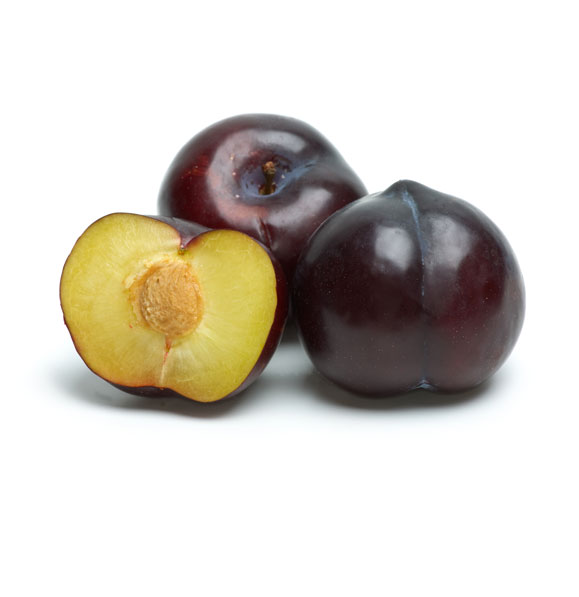
Plums
This fruit is widely grown in Europe. European plum trees are very hardy against the cold and frosts, adapting to clayey and calcareous soil without any stagnant water.
Depending on the variety, the fruit has a shape ranging between ovoid, elongated and ellipsoidal; the colour of the peel varies from purplish-red to purplish-blue. The light yellow flesh is very firm and has a high sugar content, which is well-balanced by the level of acidity.
The production of plums in the Naturitalia system comes from suitable areas in northern and southern Italy and is supported by early produce from Spain.
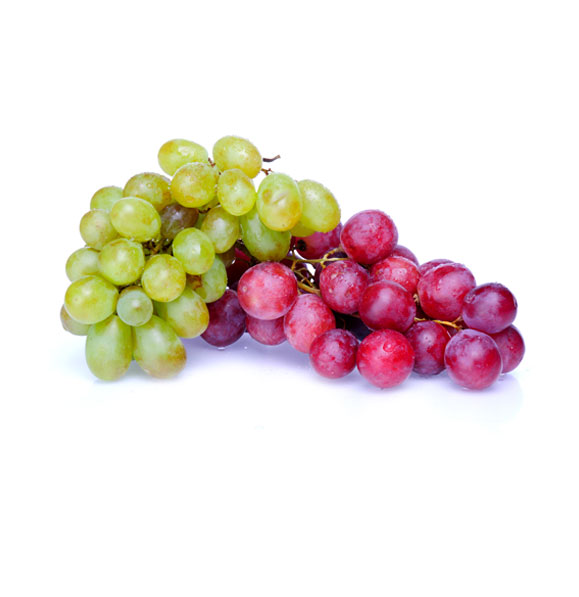
Grapes
Grapes find their natural habitat in the Mediterranean. It is important that the temperature of the climate in spring is steady for them to complete their growth cycle. The soil is of the utmost importance and must be loose, medium-textured, cool, fertile and have a high water drainage capacity. The best soil is found in areas near the mild influence of the sea. The varieties have elongated bunches with large or medium-sized grapes. The skin is moderately thick and accompanied by bloom; the slightly crunchy flesh has 2-3 pips on average for the varieties with seeds and no pips in the seedless varieties. The grapes have a varying colour from yellow to faint red and dark purple.
The production of grapes in the Naturitalia system comes from suitable areas in southern Italy; alongside traditional varieties with seeds, we specialise in the production of seedless grapes.
